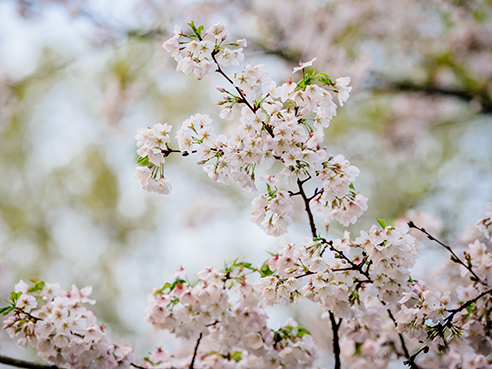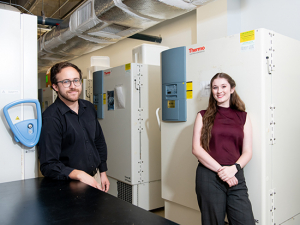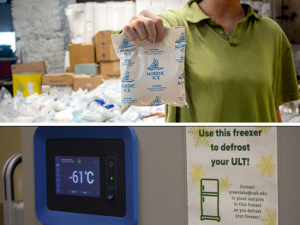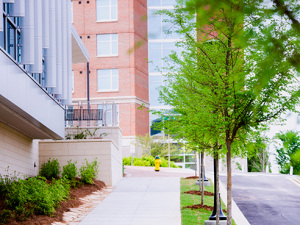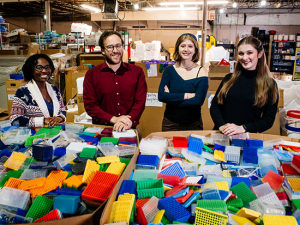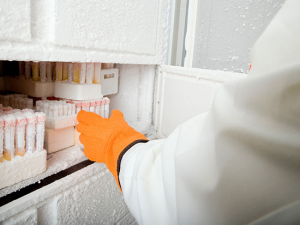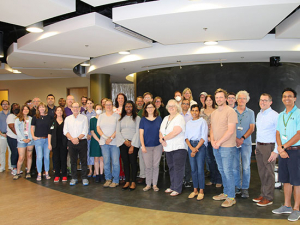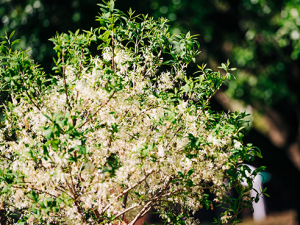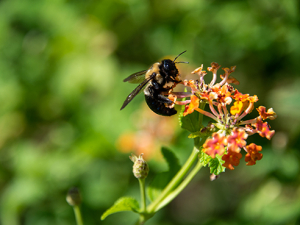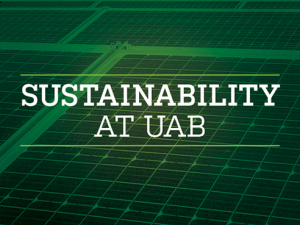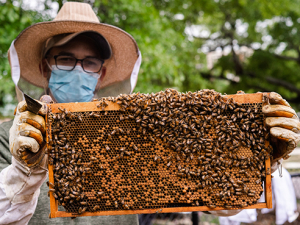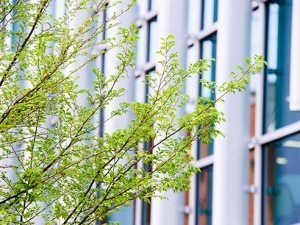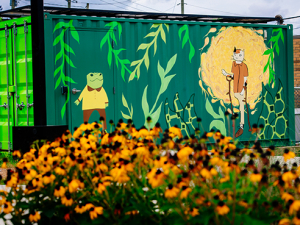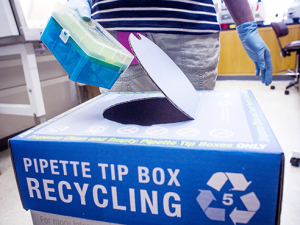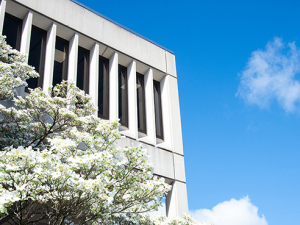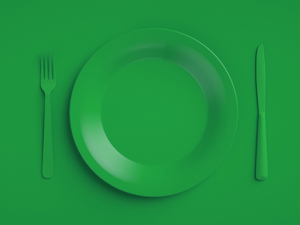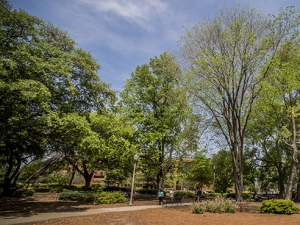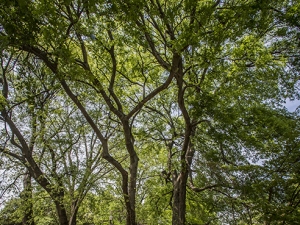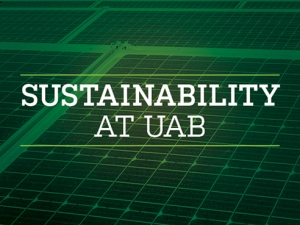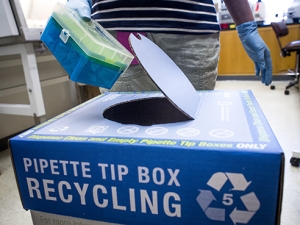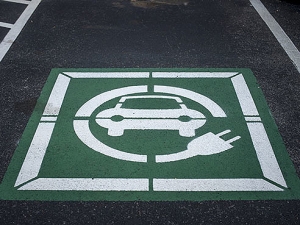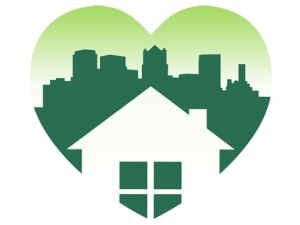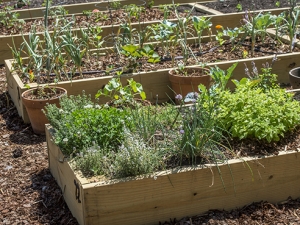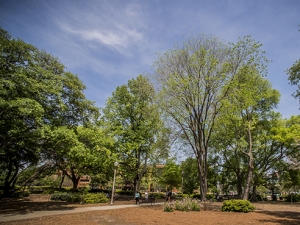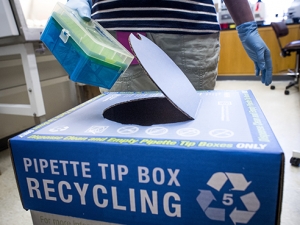 The three-year-old Green Labs program, once a cohort of just 18, is on track to be the largest in existence by the end of 2020, according to My Green Labs. The program anticipates reaching 120 participating labs by December, and UAB’s efforts to increase the sustainability of its laboratories mean the university will soon have the largest number of any institution worldwide.
The three-year-old Green Labs program, once a cohort of just 18, is on track to be the largest in existence by the end of 2020, according to My Green Labs. The program anticipates reaching 120 participating labs by December, and UAB’s efforts to increase the sustainability of its laboratories mean the university will soon have the largest number of any institution worldwide.
Laboratories can consume up to five times more energy and water than offices spaces and produce large amounts of waste — for example, Biomedical Research Building II costs UAB around $9 per square foot, about $4 million a year, compared to the Business and Engineering Complex, which costs just about $2.94 per square foot. The Green Labs program is a partnership between UAB Sustainability and Environmental Health and Safety to help research labs use simple measures to lessen energy use, reduce waste and lower costs.
UAB Sustainability sponsors programs that make Green Lab recommendations easy to implement, such as lab recycling and glove recycling. Green Labs participants can request recycling services for items such as pipette tip boxes, polystyrene Styrofoam, ice packs, packing peanuts and nonhazardous nitrile and latex gloves. Since fall 2018, Green Labs has kept more than 50,000 pounds, or 25 tons, of waste from being dumped into landfills, and since 2017, the 120 participating labs have saved UAB more than $250,000.
|
“One thing we’re particularly proud of is the amount of waste we’ve managed to divert from landfills.” |
“One thing we’re particularly proud of is the amount of waste we’ve managed to divert from landfills,” Ciancio explained. “At UAB, it’s a requirement that Green Labs participants take our survey in order to recycle their pipette tip boxes, Styrofoam and any other recyclable lab materials. Giving researchers the opportunity to recycle has really driven people’s desires to participate in the program.”
Any lab on campus can sign up to be a part of the program. Participants begin by completing an initial survey from My Green Lab, designed by a California-based nonprofit that includes academic institutions, government labs, biopharmaceutical companies and other of the scientific and clinical community’s largest corporations among its lab sustainability clients. Labs have six months to implement changes recommended by UAB Sustainability to earn a Green Lab certification.
"One of the best parts about the Green Labs program is that it’s just really easy and intuitive for researchers to get involved,” said Nick Ciancio, Green Labs coordinator. “Because we partner with My Green Lab, it's easy for us to have several labs taking the survey at once and allows us to get data from many different laboratories and learn what they want in regard to sustainability initiatives.”
If UAB’s Green Labs program expanded to include all labs at UAB, the savings for the university could skyrocket, Ciancio says. All energy savings being equal, the nearly 1,200 labs overseen by principal investigators at UAB could save nearly $4.3 million by making sustainable choices like those encouraged by the Green Labs program, based on the average savings per lab in the program’s first year.
Read more:
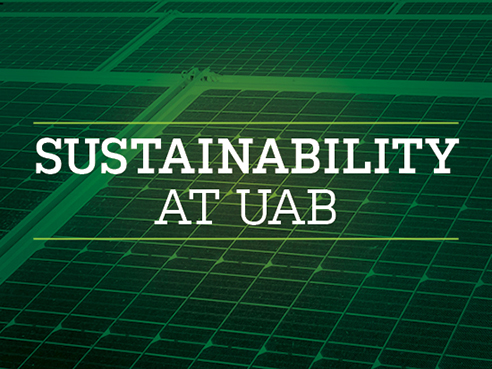
Curious about UAB Sustainability's other plans for campus?

Don’t work in a lab? Go green in your office
